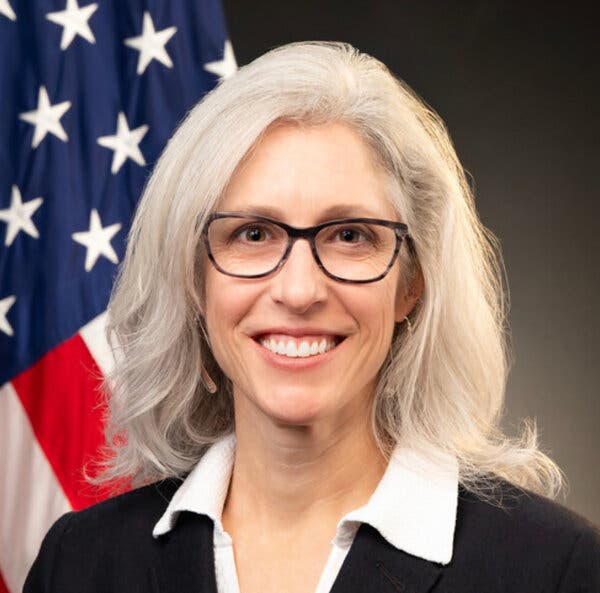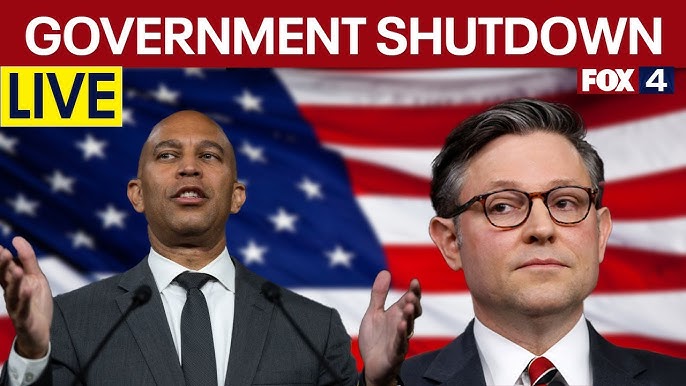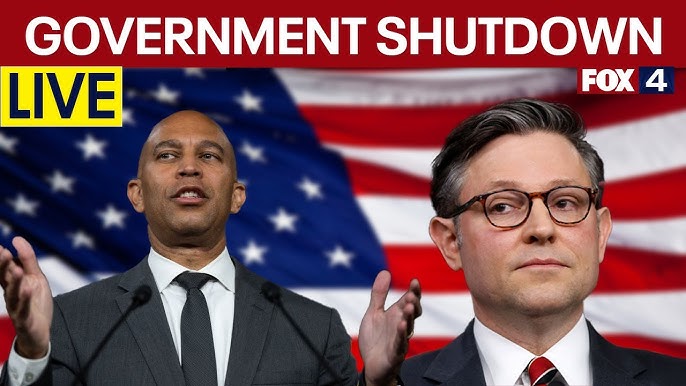Susan Monarez: The New Face of the CDC
The recent appointment of Susan Monarez as the Director of the Centers for Disease Control and Prevention (CDC) has generated significant attention. For HR professionals and business leaders, understanding her vision and strategic direction is essential as the CDC plays a crucial role in public health policy, influencing workforce health and safety standards across various industries. This blog post delves into Monarez’s background, her priorities for the CDC, and how her leadership is expected to shape public health initiatives.
Who is Susan Monarez?
Susan Monarez has an impressive resume that spans over two decades in public health leadership. Prior to her appointment, she held several critical roles within the CDC, leading initiatives that addressed health disparities and promoting health equity. Her focus has always been on data-driven decision-making, which aligns perfectly with the CDC’s mission to protect public health through comprehensive research and effective communication strategies. To learn more about her vision and initial directives, you can read [this article from The New York Times](https://www.nytimes.com/2025/03/24/health/cdc-director-monarez.html).
Setting Priorities for a Healthier Future
In her first public address as CDC Director, Monarez outlined several priority areas:
- Combating Health Disparities: Monarez believes that health equity is paramount. She aims to implement policies that address inequalities in health outcomes between different demographics, solidifying her commitment to making health accessible to all.
- Strengthening Data Infrastructure: With a focus on integrating advanced data analytics and AI, Monarez plans to enhance the CDC’s capabilities in tracking and responding to public health threats. This move is particularly relevant for businesses looking to stay ahead of health-related regulations.
- Enhancing Community Engagement: Recognizing the importance of community trust in public health initiatives, Monarez emphasizes collaborative approaches, where local voices and concerns guide health policies.
The Role of AI in Public Health
As a leader in AI consulting, Monarez’s acknowledgement of technology’s potential impact on public health is significant. By leveraging AI and comprehensive data workflows, she envisions a future where rapid response to health crises is not only possible, but efficient. Businesses can take significant lessons from this approach, particularly regarding how they manage their internal health and safety protocols.
In recent years, organizations like n8n have emerged as vital players in automating processes within businesses. The integration of tools like n8n with CDC data can optimize workflows, making it easier for companies to implement health standards effectively. For example, businesses can automate health check-ins, track employee wellness, and manage compliance with CDC recommendations without overwhelming their existing processes.
Responding to Future Public Health Challenges
Public health challenges continue to evolve, and Monarez is committed to equipping the CDC with the resources it needs to respond effectively. In particular, her strategy focuses on:
- Vaccination Strategies: After the pandemic, vaccine distribution has become more critical than ever. Monarez aims to streamline these strategies to ensure equitable access to vaccines across all communities.
- Addressing Mental Health: Recognizing the pandemic’s toll on mental health, she plans to elevate this discourse within the CDC’s agenda, making mental health services more accessible.
- Proactive Health Policies: Moving from reactive to proactive health policies will be a cornerstone of her framework. This shift will involve regular assessments of public health trends and risks, allowing for preemptive actions.
A Collaborative Approach to Public Health
Monarez’s style of leadership is founded on collaboration. She believes that effective public health cannot be achieved in isolation. By fostering partnerships across governmental agencies, private entities, and community organizations, she hopes to create a unified approach to tackling health issues. For businesses, this collaborative spirit can inspire innovative partnerships that enhance workplace health.
The Importance of Communication in Crisis Management
Effective communication emerges as a vital element in Monarez’s plan. By ensuring that information from the CDC is timely, transparent, and accessible, businesses can better prepare for health-trending matters that affect their operations and workforce stability. This proactive communication/collaboration model emphasizes the need for leaders in various sectors to engage with health data critically and to remain informed about the latest public health guidelines and recommendations.
The Future of Public Health Under Monarez’s Leadership
The implications of Monarez’s appointment extend far beyond the walls of the CDC. As she embarks on reshaping the agency, her commitment to equity, data integrity, and transparent communication is expected to have lasting effects on public health. For HR professionals and business leaders, staying abreast of these changes constitutes a strategic priority in navigating their sectors effectively.
By fostering a workplace culture that prioritizes health and well-being, leaders can better align with CDC guidance under Monarez’s direction and contribute positively to their communities. As she guides the CDC through these transformative times, one thing remains clear: the intertwining of public health and business health will only grow stronger.








